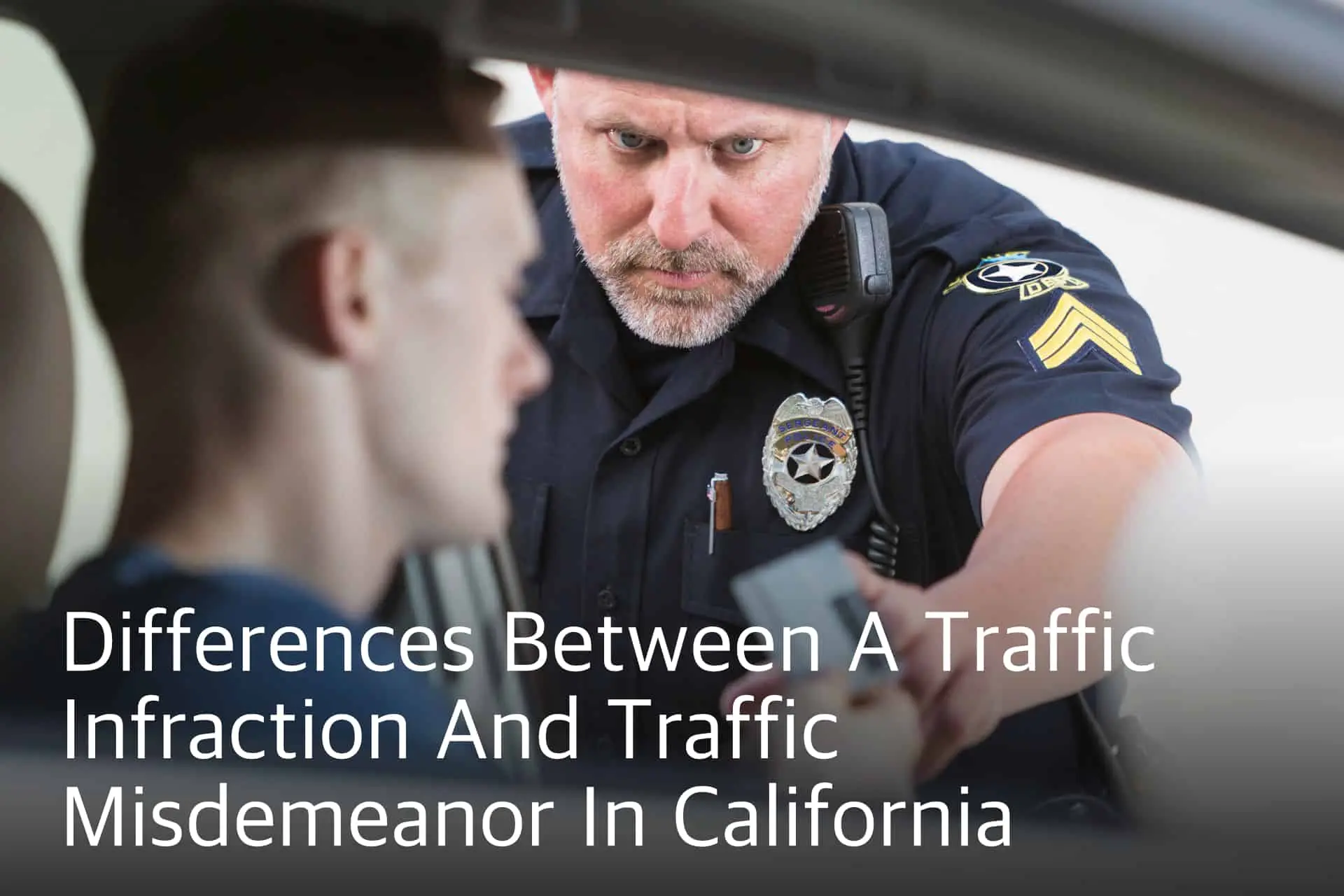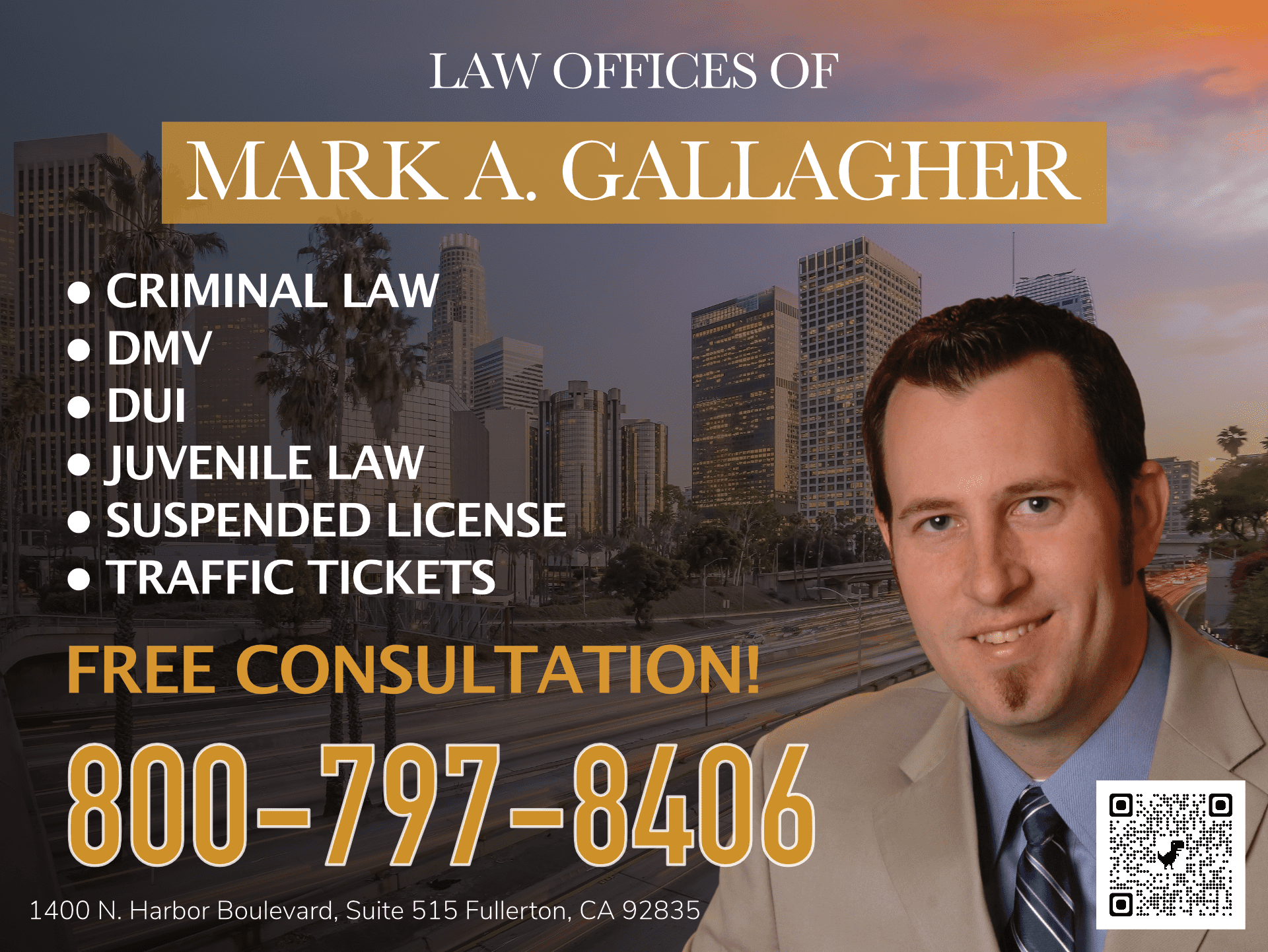DUI Sobriety Checkpoints and Police Contact
The general rule regarding permissible justification for a traffic stop is that law enforcement must have a reasonable suspicion that illegal activity is occurring. This may be as straightforward as an equipment violation, such as a non-functional tail light, or may require some articulable suspicion on behalf of the officer that the driver was intoxicated. DUI sobriety checkpoints are an exception; drivers are subjected to police contact without any justification.
Legal Authority
Despite a seeming conflict between checkpoints and the protections afforded by the 4th Amendment prohibition of unreasonable search and seizure, the US Supreme Court in Michigan Dept. of State Police v. Sitz 496 U.S. 444 (1990) established the contrary precedent. The California legislature codified in VC 2814.2(a):
- A driver of a motor vehicle shall stop and submit to a sobriety checkpoint inspection conducted by a law enforcement agency when signs and displays are posted requiring that stop.
However, although checkpoints are not per se unconstitutional, how they are conducted balances the state’s interest in detecting and preventing drunk driving against the driver’s rights to be free of unreasonable searches.
California Supreme Court: Ingersoll v. Palmer
This landmark case established eight functional guidelines that every DUI sobriety checkpoint must adhere to:
- Supervisors must make operational decisions regarding where, when and how the checkpoint shall operate.
- Determining which drivers to stop must be pre-determined and the basis must be neutral. It would not be practical to detain every driver; typically, a certain number of vehicles out of a group are selected, such as every sixth car.
- There must be some logical and reasonable basis for the location selected. Generally speaking, a checkpoint will be established in an area that has a high incidence of DUI arrests.
- The safety of the driver’s must be a factor in the selection of the checkpoint location.
- The location and duration of the checkpoint must demonstrate good judgment by law enforcement and be as unobtrusive as possible.
- Drivers should be clearly alerted to the fact they are approaching a sobriety checkpoint.
- The time a driver is detained should be as minimal as possible for an officer to look for obvious signs of alcohol consumption, such as odor, slurred speech or bloodshot eyes. Further detention past this minimal interaction shall require reasonable suspicion.
- Sobriety checkpoints should be advertised in advance so that the public is on notice and deterred.
If these strict guidelines are not followed, an arrest made incident to a checkpoint stop may be challenged.




